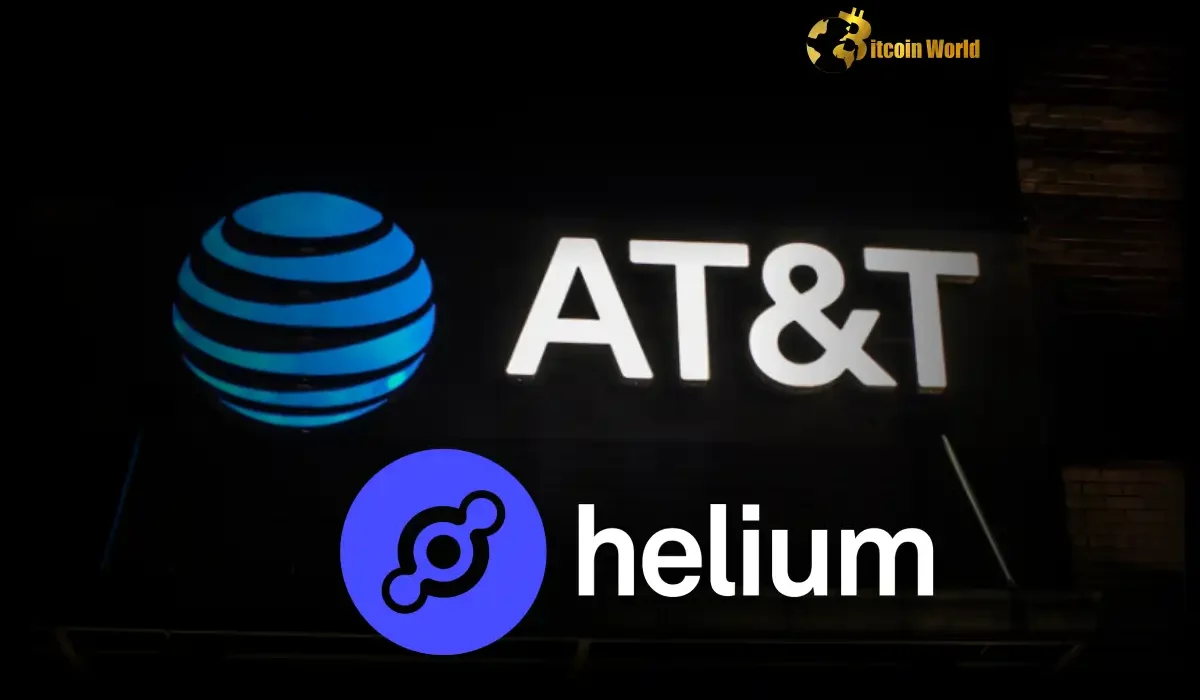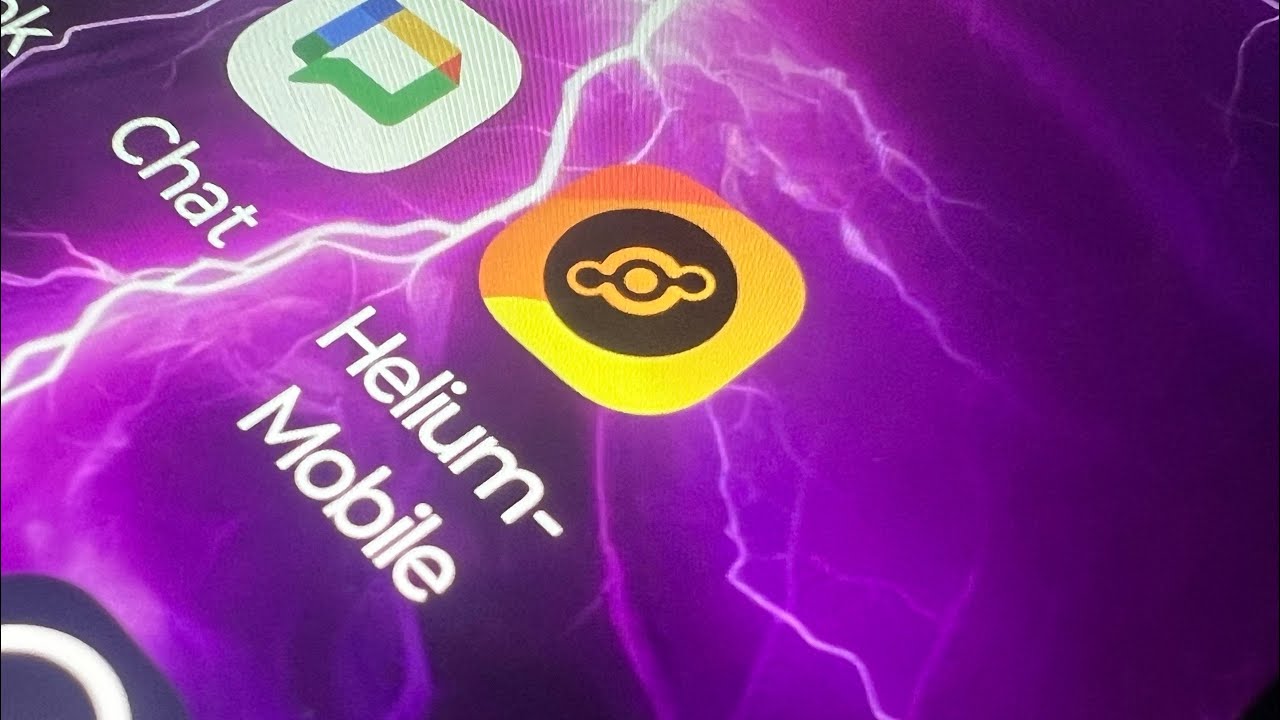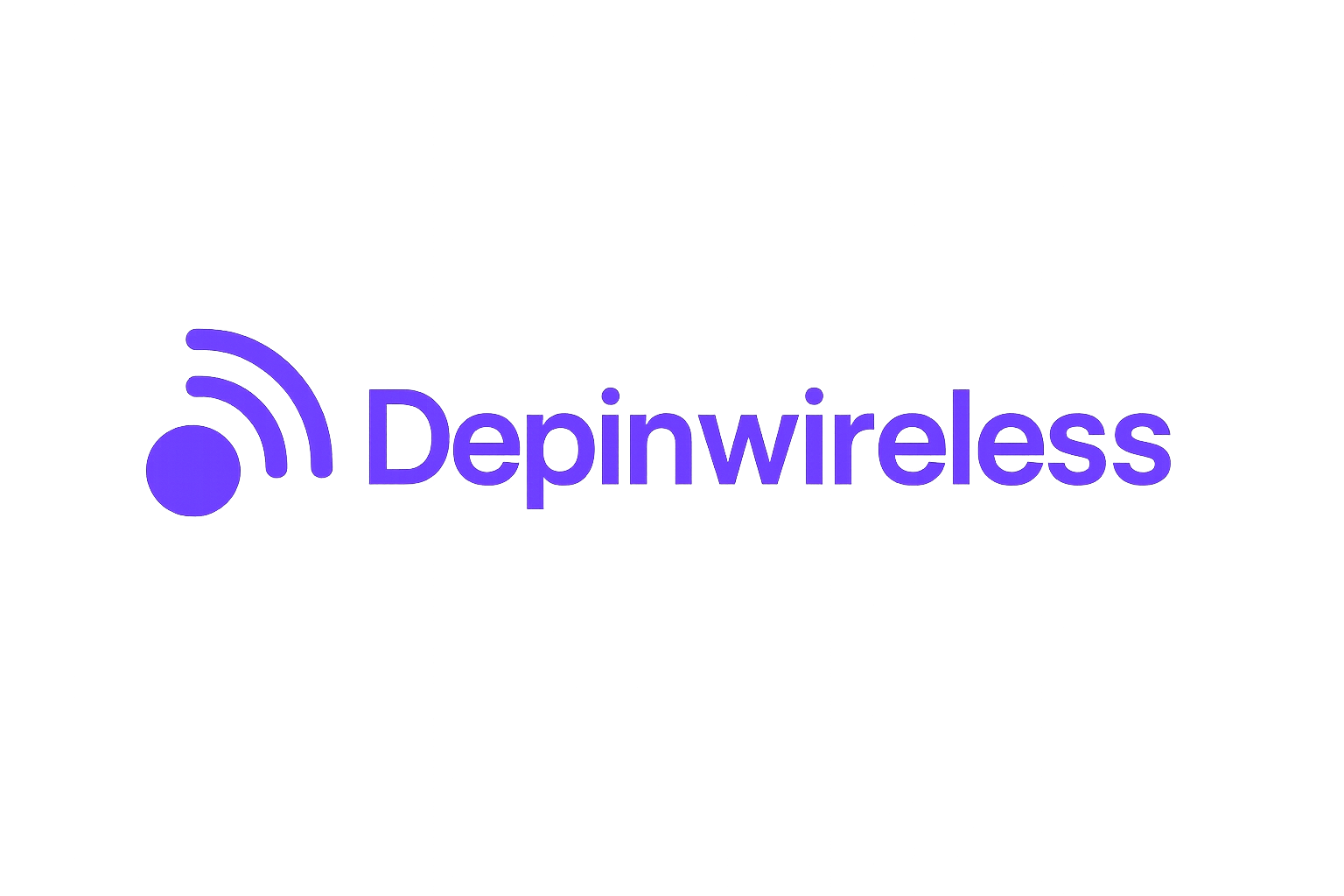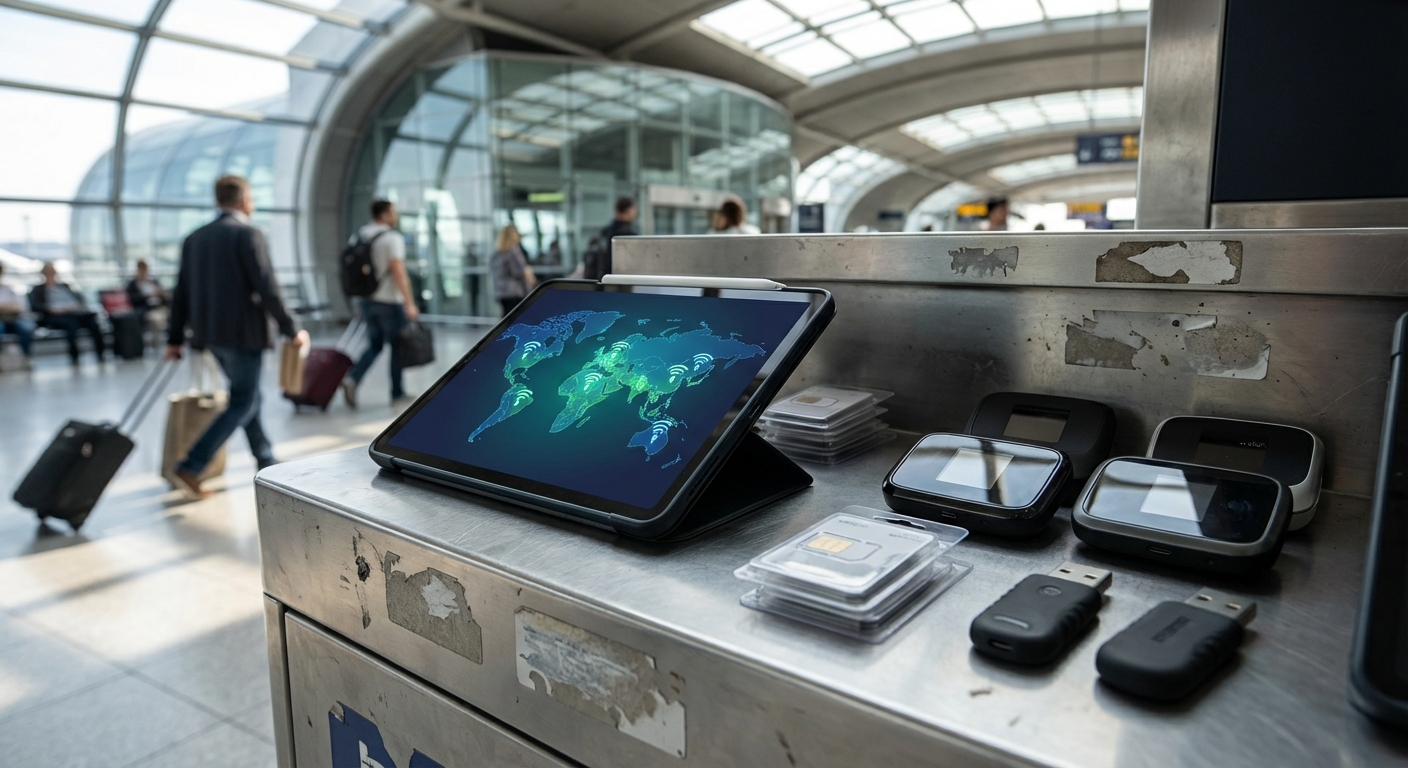
Major U. S. mobile carriers are quietly reshaping their connectivity strategies using decentralized carrier offload powered by the Helium Network. With Helium’s Carrier Offload Program, telecom giants like AT and T now supplement traditional infrastructure with a rapidly growing mesh of user-deployed hotspots, unlocking new efficiencies and coverage models. As of Q2 2025, more than 2,721 terabytes of carrier data have been offloaded through Helium – a staggering 138.5% quarter-over-quarter increase, signaling that decentralized wireless is moving from experiment to essential.
How Carrier Offload Works on Helium
The core premise is simple: instead of relying solely on expensive, centralized cell towers or Wi-Fi deployments, carriers can automatically route subscriber data through nearby Helium Mobile Hotspots. These hotspots are owned and operated by individuals and small businesses who earn HNT tokens for providing coverage. Carriers join the program via a toolkit that lets them specify priority zones for offload – from urban dead zones to stadiums or rural gaps – and the network dynamically incentivizes new hotspot deployments where needed.
This model delivers dual benefits: carriers reduce their infrastructure spend while users enjoy faster connections in high-demand areas. For example, AT and T’s April 2025 partnership with Helium added thousands of decentralized Wi-Fi hotspots to its existing footprint, providing seamless automatic WiFi offload for subscribers and improving quality-of-service monitoring using blockchain-backed metrics. (Fierce Network)

The Data Surge: Real Numbers Behind Offloading Growth
The scale of adoption is best illustrated by the raw numbers. As tracked by Messari’s Q2 2025 report, major U. S. carriers have already transferred over 2,721 TB of data via the Helium Network – up from just over 1,140 TB in the previous quarter. This growth trajectory is not only a technical achievement but also an economic signal: as HNT trades at $2.56, with a recent 24-hour range between $2.55 and $2.68 (-2.66%), network participants are directly incentivized to maintain high-quality, reliable coverage.
This mechanism transforms what was once an opaque cost center for carriers into a transparent marketplace for wireless capacity – a shift that rewards both individual operators and large-scale telcos as demand for mobile data continues its exponential climb.
Which US Carriers Are Leading Carrier Offload?
While AT and T has been most public about its collaboration with Helium (including deployments across both the U. S. and Mexico via Movistar), industry sources confirm that two of the three largest U. S. telcos are actively leveraging decentralized offloading today.
Major US Carriers Participating in Helium’s Offload Program
-

AT&TAT&T partnered with Helium in April 2025 to expand Wi-Fi hotspot availability for its customers. By leveraging Helium’s decentralized network, AT&T enhances Wi-Fi offload management and quality of service monitoring, reducing infrastructure costs and boosting coverage.
-

T-Mobile (via MVNOs)While T-Mobile has not announced a direct partnership, several Mobile Virtual Network Operators (MVNOs) using T-Mobile’s network, such as Helium Mobile, actively participate in the Carrier Offload Program. This enables T-Mobile users on these MVNOs to benefit from Helium’s decentralized coverage.
-

Movistar (Telefónica, Mexico)Helium’s Carrier Offload Program expanded internationally with Telefónica’s Movistar in Mexico. This partnership allows Movistar subscribers to access improved coverage and network efficiency through Helium’s decentralized hotspots.
This adoption is not uniform; each carrier targets different geographies and use cases based on their existing network strengths and customer needs. For instance, some prioritize dense urban centers where congestion is highest, while others focus on rural expansion or specific enterprise deployments like sports arenas or transit hubs.
The flexibility provided by decentralized infrastructure means that even smaller regional operators can participate without massive upfront investments in hardware or spectrum licensing – leveling the playing field in ways previously unimaginable within telecom.
One of the most compelling aspects of Helium’s carrier offload model is its ability to dynamically respond to real-world coverage gaps and evolving demand. Carriers are no longer locked into multi-year, capital-intensive tower builds. Instead, using Helium’s Carrier Toolkit, they can pinpoint problem areas on a map, define high-priority zones for offload, and watch as the decentralized network self-organizes to fill those needs, often within weeks rather than years. This agility is particularly valuable in markets where user demand is unpredictable or where legacy infrastructure faces cost or zoning constraints.
For individual hotspot operators, the economic incentives are clear and directly tied to network utility. As more carriers offload data onto Helium, hotspots in high-demand locations see increased earnings potential through HNT token rewards. With HNT currently trading at $2.56, these rewards are no longer speculative; they represent a transparent, market-driven compensation model that aligns the interests of carriers, users, and independent infrastructure providers.
Risks and Open Questions for Decentralized Carrier Offload
Despite its rapid growth, the decentralized carrier offload space faces meaningful challenges. Not all U. S. carriers have embraced Helium’s model; some remain cautious due to regulatory uncertainty or concerns about quality-of-service consistency compared with traditional networks. The list of eligible carriers continues to evolve as pilot programs mature and technical integrations deepen, meaning that coverage may still be uneven in certain regions or with specific MVNOs.
Another open question is long-term sustainability: as more data flows through decentralized networks, will HNT tokenomics remain sufficiently attractive for hotspot operators? The recent quarter’s surge in offloaded data suggests robust utility demand, but price volatility (with HNT down 2.66% over 24 hours) remains a factor for both investors and infrastructure participants.
What Comes Next: Expansion Beyond WiFi Offload
The success of automatic WiFi offload has laid the groundwork for broader ambitions. Industry analysts expect that by late 2025, Helium-enabled hotspots will increasingly handle not just WiFi but also CBRS-based 5G traffic, IoT device connectivity, and specialized enterprise deployments (such as logistics hubs or smart campuses). With AT and T and Telefónica’s Movistar already live on the network, and additional U. S. carriers rumored to be piloting integrations, the competitive landscape is shifting toward hybrid models that blend centralized oversight with decentralized agility.
For investors tracking the carrier offload Helium thesis, several catalysts stand out: continued growth in offloaded terabytes per quarter; new carrier partnerships; regulatory clarity around decentralized spectrum use; and ongoing improvements to quality-of-service monitoring via blockchain analytics. Each milestone further validates Helium’s position as both a technical enabler and an economic disruptor within U. S. wireless infrastructure.






